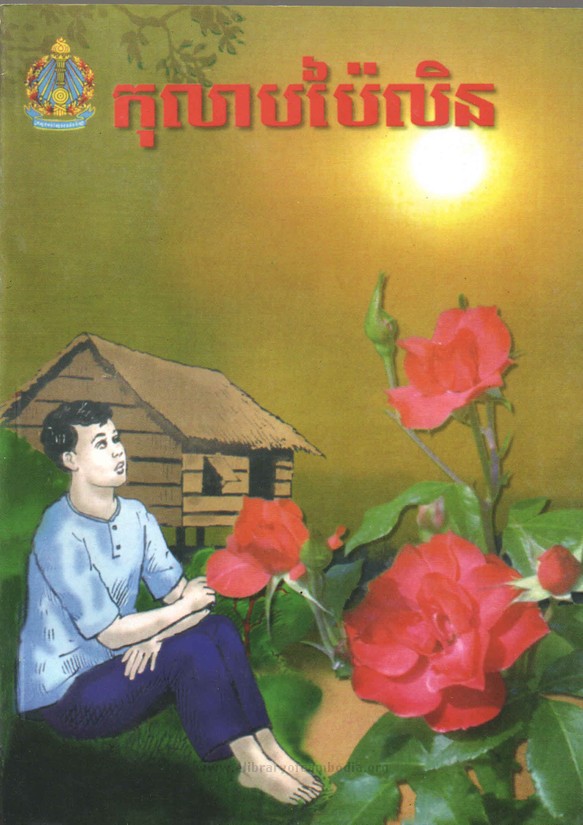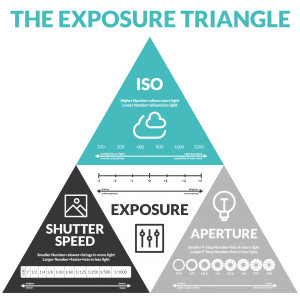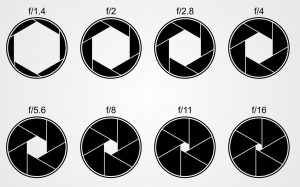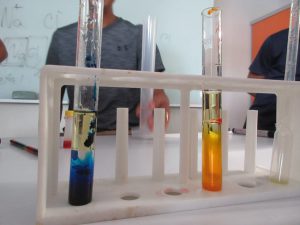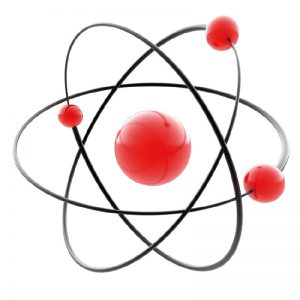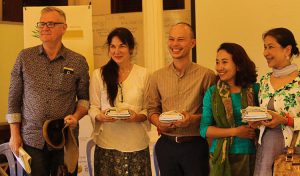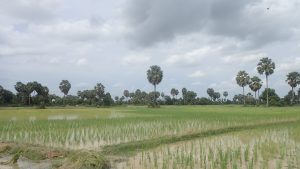នូវក្នុងវគ្គសិក្សាទី៤នេះ ពួកយើងបានសិក្សាស្រាវជ្រាវទាក់ទងអំពីវេយ្យាករណ៏ខ្មែរ ដែលមានដូចជា គុណកិរិយា កិរិយាស័ព្ទ គុណនាម ឧទានស័ព្ទ ល្បះកម្មនិងល្បះកត្តុ ធ្នាក់ នាម ល្បះទោល និង ល្បះផ្សំ សន្ធាន (ឈ្នាប់) សព្វនាម និង ឧទានស័ព្ទ។
នៅក្នុងថ្នាក់ពួកយើងបានបែងចែកជាក្រុមៗ ហើយធ្វើការសិក្សារស្រាវជ្រាវទៅលើប្រធានបទមួយៗ។
ក្រោយពីពួកយើងបានសិក្សារស្រាវជ្រាវរួចមកហើយ ពួកយើងក៍កត្រូវរៀបចំការធ្វើបទបង្ហាញមួយដើម្បី
ធ្វើការចែករំលែកមេរៀនដែលយើងបានរៀនទៅកាន់មិត្តរួមថ្នាក់ និង លោកគ្រូ ផងដែរ។ ធ្វើបែបនេះ យើងអាចសិក្សានិងពិភាក្សារទៅលើប្រធានបទមួយៗឲ្យបានកាន់តែជ្រៅបន្ថែមទៀត ហើយថែមទាំងអាចចែករំលែកអ្វីដែលយើងបានរៀនទៅកាន់មិត្តរួមថ្នាក់ទៀតផង។
ក្រុមរបស់ខ្ញុំបានសិក្សាស្រាវជ្រាវអំពី គុណកិរិយា និង ប្រភេទផ្សេងៗរបស់វា។ នេះគឺជាមេរៀនដែលខ្ញុំបានស្រាវជ្រាវ
គុណកិរិយា
គុណកិរិយា គឺជាពាក្យទាំងឡាយណា ដែលត្រូវបានប្រើប្រាស់ដើម្បីពណ៌នា ឫបញ្ជាក់លក្ខណៈ ឲ្យអំពើរបស់កិរិយាស័ព្ទ ឫកំរិតរបស់គុណនាម ឫគុណកិរិយាខ្លួនឯងដែរ ។ គុណកិរិយាមានច្រើនប្រភេទខុសៗគ្នាដោយសំដៅទៅលើវត្ថុបំណងប្រើប្រាស់របស់វា ។
គុណកិរិយាបំនែប (បង្ហាញពីបែបបទរបស់កិរិយា) Adverb of Manners
ឧទាហរណ៏
ដើរលឿន ធ្វើការយឺត រត់រហ័ស ញញឹមស្រស់ ធ្វើម្ហូបឆ្ងាញ់ គូរស្អាត យំរឿយ
កុំព្យូទ័ររបស់មិត្តភក្តិខ្ញុំដើរ យឺត។
គុណកិរិយាកាល (បង្ហាញពីពេលវេលានៃអំពើរបស់កិរិយា) Adverb of Frequencies
ឧទាហរណ៏
ស្អែក លោកឆាមនិងមកដល់ក្រុមហ៊ុនអារ៉ូម៉ា។
ម្សិលមិញ ខ្ញុំនាំប្អូនស្រីដើរលេង។
គុណកិរិយាសំណួរ (បង្ហាញពីសំណួរទាំងឡាយ) Adverb of Questions
គុណកិរិយាសំណួរ ត្រូវបានប្រើដើម្បីសួរបញ្ជាក់អំពី
គោលបំណង
ទីកន្លែង (នៅឯណា ទីណា)
កាល (ពេលណា ម៉ោងប៉ុន្មាន ឆ្នាំណា)
បែបបទ (ដូចម្តេច យ៉ាងម៉េច)
នៃ កិរិយា
ឧទាហរណ៏
ស្អែក យើងរៀននៅកន្លែងណា?
អ្នកស្រី ការស្នើសុំរបស់អ្នកស្រី យ៉ាងមេ៉ចហើយ?
គុណកិរិយាបរិមាណ (បង្ហាញពីចំនួន ឫ ជំរៅរបស់កិរយា ឬ គុណនាម) Adverb of Quantity
ឧទាហរណ៏
ម្តាយគ្រប់រូប ស្រលាញ់បុត្រភ្ងាណាស់ ។
ម្ហូបនេះផ្អែមហួស។
សិស្សានុសិស្សនៅសាលាកម្ពុជារពូកែរៗណាស់។
គុណកិរិយាកន្លែង (បង្ហាញពីកន្លែង) Adverb of Places
គឺជាគុណកិរិយាប្រាប់ទីកន្លែងនៃអំពើរបស់កិរិយា ។ គុណកិរិយាកន្លែងទាំងនោះមានដូចជា៖ ខាងលើ ខាងក្រោម ខាងក្នុង ខាងក្រៅ ឆ្ងាយ ជិត ទីនេះ ក្បែទីនោះ …។
ឧទាហរណ៍
លីដាចេញទៅខាងក្រៅហើយ។
កណ្តុររត់ទៅក្បែរទីនោះហើយ
ដំរីរត់ទៅក្នុងព្រៃបាត់ហើយ
អរគុណ!
(ឯកសារយោង http://sokna70khmer.weebly.com/601860756030601660716042607160416070.html)

